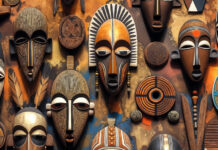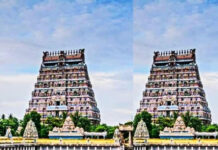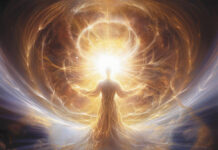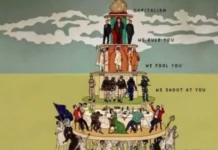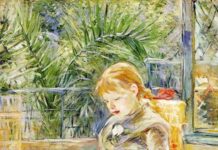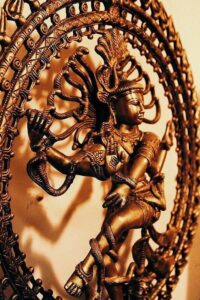 Usually after a class on Hindu iconography or philosophy, some participants used to ask a question: whether they are deviating from their ‘bhakti’ and becoming intellectually involved in these things? Some people have this doubt before they enter the art and philosophy of religion and try to shun it away. I know some teachers of devotion are advising to do so.
Usually after a class on Hindu iconography or philosophy, some participants used to ask a question: whether they are deviating from their ‘bhakti’ and becoming intellectually involved in these things? Some people have this doubt before they enter the art and philosophy of religion and try to shun it away. I know some teachers of devotion are advising to do so.
In the initial stage of engaging in sculptures, arts, and philosophies, we may feel that we are straying from devotion. That is natural. But it is only a temporary state of mind.
There is a problem with devotion; it is a tiny area. Devotion consists of very basic emotions. There are only a few things to do: believe, surrender, and perform rituals of worship. Our hearts and our thoughts are bigger. As a result, we frequently lose our focus. We start getting bored with devotion. Therefore, we go to temples very rarely. Only at temples do we have devotion. We spend the rest of the time in simple daily activities. Many others will only come into devotion when some crisis arises.
Knowledge and art increase the area of devotion. That is why Christian churches have weekly sermons, intellectual and philosophical. That is why they need such a large musical world. Most Hindus do not read Hindu scriptures. Hindu arts are also unknown to them. As a result, their devotion is very small in scale.
When we engage in sculptures, arts, and philosophies, we are able to live fully in devotion. You will first approach sculptures based on their artistic style. Gradually, you will start enjoying them. Then they become your subconscious—your dream. They will possess you. At that point, you will enter into more intense devotion. Nauvukkararasar, who sang, ‘Even human life in this world is sweet because I can see the dancing golden feet of Nataraja,’ is the one who approached Shiva through sculpture in this way.
